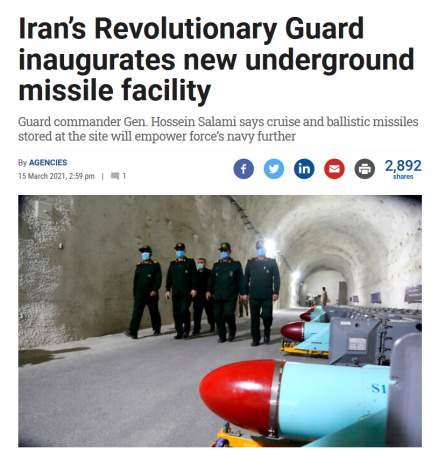

At the conclusion of the Second World War, the biggest consumer of the M3 half-track was Israel. The high level of surplus vehicles is still in Europe at the conclusion of hostilities meant a plentiful supply were available. Once acquired, these vehicles were amongst the first armored vehicles available to Israeli forces during the fighting in 1948 (the first Arab-Israeli war).

At the conclusion of the 1948 conflict, Israel continue to acquire M3 half-tracks from European sources and directly from the United States, and by 1955 a concerted effort was made to standardize the acquired half-tracks in an attempt to equip two new armored brigades. Amongst the modifications was the addition of a ball-mounted machinegun in the driver's compartment.

In addition to an armored personnel carrier, the M3 half-track was a successful platform for various types of support weapons. Amongst these were variants to fulfill anti-tank and anti-aircraft roles. Also included amongst these variants was a mortar carrier. Designated the M3 D and armed with a M65 120mm mortar, the M3 D combined mobility and armor protection, with the ability to deliver accurate bombardments quickly, and efficiently to hotspots on the battlefield.









